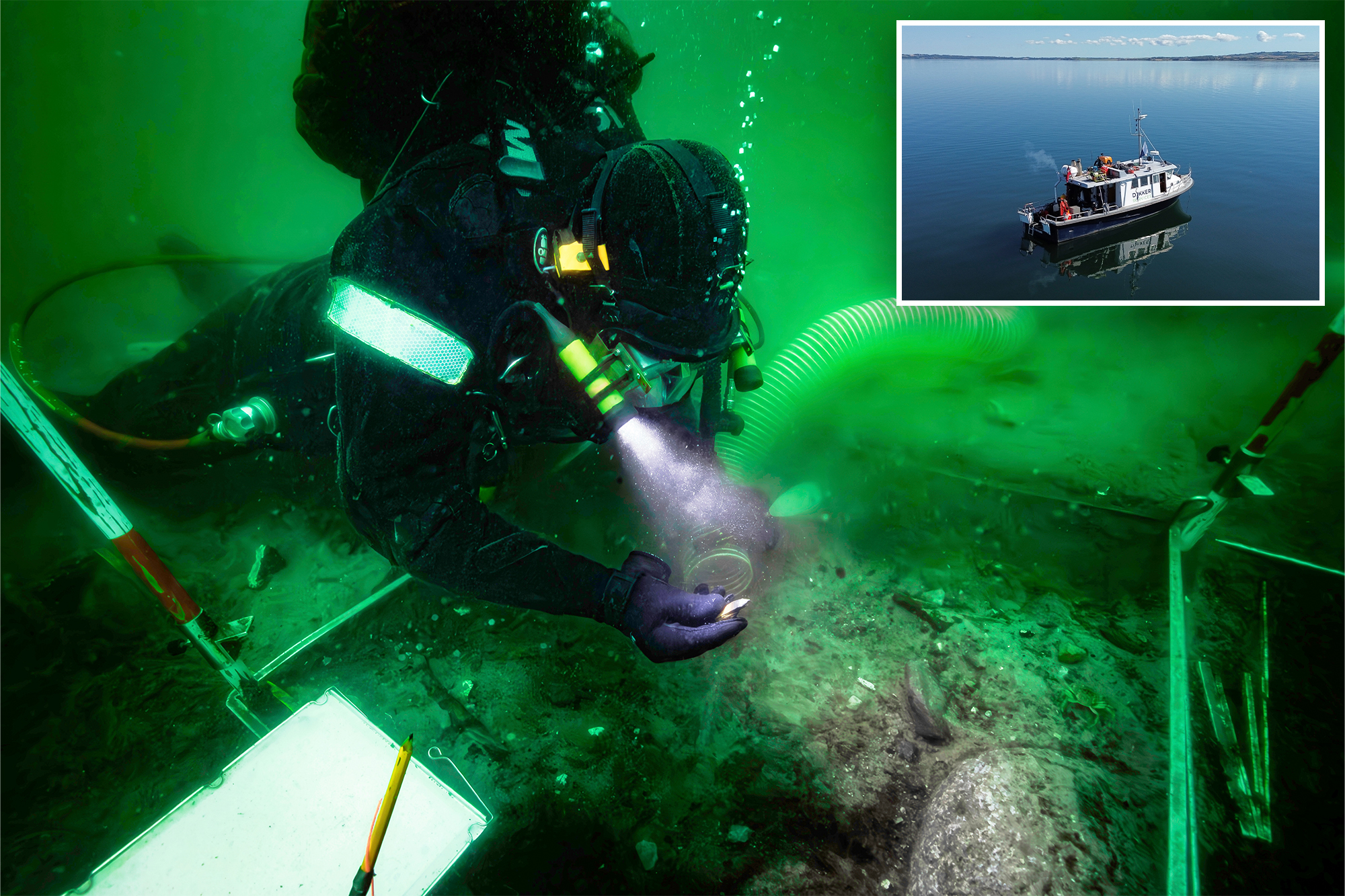Danish archaeologists have discovered a submerged Stone Age settlement off the coast of northern Denmark. Hidden beneath the Bay of Aarhus for more than 8,500 years, these findings serve as a window into prehistoric life and the shifting shorelines of our planet.
Researchers uncover Stone Age settlement submerged by rising sea levels in Denmark

Key Takeaways:
- A newly uncovered Stone Age settlement was found underwater in Denmark.
- The Bay of Aarhus submerged the settlement over 8,500 years ago.
- Rising sea levels played a major role in preserving and hiding these relics.
- The find sheds light on how prehistoric communities adapted to environmental changes.
- Researchers regard this discovery as crucial for understanding ancient coastal life.
An Ancient World Beneath the Waves
Danish archaeologists are conducting underwater excavations in the Bay of Aarhus, located in northern Denmark. Their search centers on remnants of coastal settlements that were swallowed by rising seas more than 8,500 years ago. Early indicators suggest the settlement’s existence points to thriving communities in what is now a submerged region.
A Glimpse into Prehistoric Life
Researchers believe this discovery could expand our understanding of Stone Age culture in Scandinavia. Submerged sites often yield well-preserved artifacts, offering insights into how people lived, hunted, and organized their communities. According to the news feed, explorers found evidence that hints at how these prehistoric inhabitants adapted to changes in sea levels over time.
Understanding Sea-Level Change
The Bay of Aarhus exemplifies the dramatic impact of ancient climate shifts. Rising ocean waters gradually consumed the coastal areas once inhabited by Stone Age peoples. Though the details of the artifacts remain under closely guarded study, archaeologists view these discoveries as a rare chance to witness the resilience of early societies in the face of environmental transformation.
Looking Ahead
This submerged settlement is more than an archaeological curiosity; it promises to enrich our understanding of human history. By studying these long-lost communities, researchers gain a unique perspective on survival, adaptation, and the enduring bond between humanity and the oceans. As excavation continues, the Bay of Aarhus may yet reveal further glimpses of Denmark’s ancient past, reminding us how much of human history remains hidden beneath the waves.











